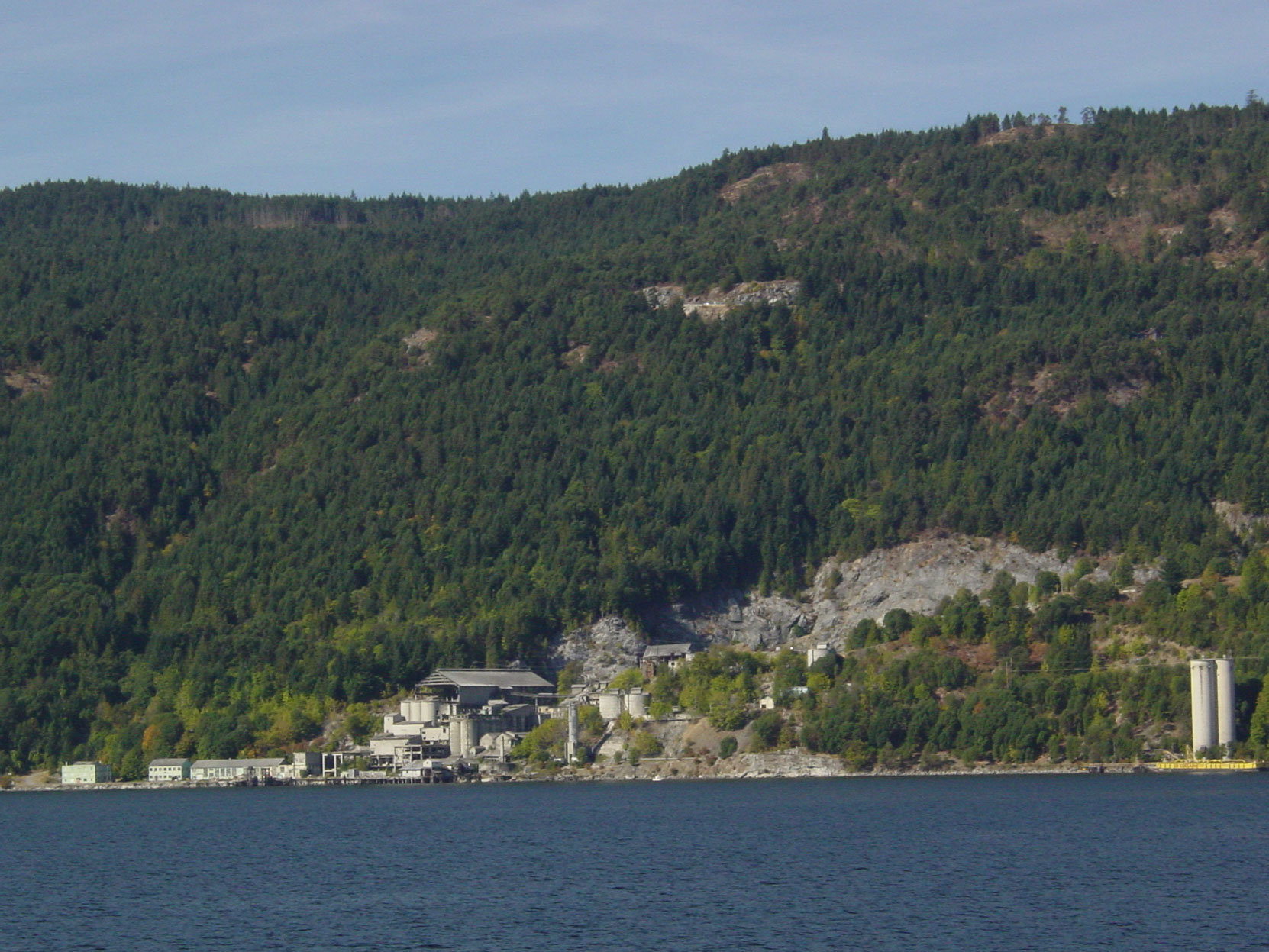Associated Portland Cement Manufacturers (1900) Limited
Associated Portland Cement Manufacturers (1900) Limited was Britain’s largest cement manufacturer in the early 20th century.
It appears in Chapter 7 of our Butchart Gardens History. Here is an excerpt:
“….Since its Tod Inlet plant began production in 1905, the Vancouver Portland Cement Company had been British Columbia’s only cement producer. Although it faced some competition from imported brands of cement, the company had never had to deal with a rival producer in its own territory. That changed in January 1912, when the Portland Cement Construction Company announced that it had chosen a site on the Malahat, on the western side of Saanich Inlet opposite Tod Inlet, as the site of a new cement factory.
For the Vancouver Portland Cement Company, this was serious competition. The Portland Cement Construction Company was the Canadian subsidiary of the Associated Portland Cement Manufacturers (1900), Ltd. of London, England, which, in 1912, was one of the world’s largest Portland cement producers.
The Associated Portland Cement Manufacturers (1900), Ltd had been formed in 1900 through the amalgamation of 27 small cement companies in the Thames and Medway valleys in southeast England. It was far larger and better capitalized than the Vancouver Portland Cement Company. The British company’s share capital was fixed at £5,000,000 (at 1914 exchange rates, £1 = $4.86 Canadian and U.S. The Canadian and U.S. Dollars were at par between 1900 and 1918) divided in 250,000 £10 Ordinary and 250,000 £10 preference shares. The Associated Portland Cement Manufacturers stock was listed on the London Stock Exchange and, by the company’s 1912 fiscal year, investors had purchased 192,232 Ordinary and 225,854 Preference shares of the Associated Portland Cement Manufacturers stock for a total capital of £4,180,860. And it was a profitable company, reporting net profits of £185,156 for the year ending 30 June 1912, and £336,870 for the year ending 30 June 1913.
In 1912, the Associated Portland Cement Manufacturers’ operations spanned the globe. Apart from its British cement plants, it had factories in Canada, Mexico and South Africa and exported its products to India, South America and other world markets. Another new plant being built in South Africa was scheduled to open in 1914.
Prior to the Vancouver Portland Cement Company’s product entering the British Columbia market in 1905 and ending the province’s reliance on imported cement, the Associated Portland Cement Manufacturers had been one of the leading suppliers of imported cement to British Columbia. As late as 1912, two of the company’s brands, J.B. White & Bros. and K.B.&S., still had a significant share of British Columbia’s cement market.
There is some evidence that the Vancouver Portland Cement Company was partially responsible for the British J.B. White and K.B.&S brands maintaining a market share in British Columbia. The Vancouver Portland Cement Company’s Tod Inlet plant, using its own resources, had been unable to completely supply British Columbia’s demand for cement during the economic boom of 1908-1912. In addition to its own production the company had imported almost a million barrels of British cement for resale to its customers.
These large exports of British cement to British Columbia’s only cement producer sparked the curiosity of English producers. The Associated Portland Cement Manufacturers (1900) Ltd. wondered why it was selling so much cement to British Columbia’s single independent cement manufacturer and sent its chief engineer and managing director, Henry Kelway Gwyer Bamber, to Vancouver Island to investigate.
Henry Bamber, a civil engineer with extensive experience in the cement business, quickly discovered that the seams of limestone being quarried by the Vancouver Portland Cement Company at Tod Inlet actually continued under the waters of Saanich Inlet before emerging again at the base of the Malahat, a small mountain on the opposite side of the inlet. The Malahat limestone deposit was already being quarried on a small scale by the Elford Lime works so Bamber had little difficulty securing limestone samples for analysis.

The results of the analysis were impressive. Henry Bamber’s report on the potential of these limestone deposits, and of British Columbia’s booming economy, was so favourable that the British company quickly set up a Canadian subsidiary, the Portland Cement Construction Company, to undertake construction of a new cement plant in British Columbia. Henry Bamber was appointed Managing Director of the new Portland Cement Construction Company.
The estimated cost of the new cement plant proposed for the Malahat on Saanich Inlet was about $1,000,000 (Cdn.). The contract for the plant’s construction was awarded to the McAlpine Robertson Construction Company of Vancouver, B.C., the Canadian subsidiary of one of Britain’s largest construction companies, Robert McAlpine & Sons, of Glasgow and London.
This construction company is still in business today as Sir Robert McAlpine PLC; among its other construction projects since 1912 are Wembley Stadium in London (1923), the Dorchester Hotel in London (1929-1931), Mulberry Harbours to support the D-Day landings in Normandy in 1944, Concrete Gravity Platforms for oil drilling in the North Sea off the coast of Scotland (1974-1978), the Millennium Exhibition Dome in Greenwich, (1997-1999) and the Millennium Bridge in London (2000).
The new cement plant on Saanich Inlet became known as Bamberton, named for Henry Bamber. Bamberton was intended to supply cement to the west coast of North America as well as to eastern Canada………”
In 1914 the Associated Portland Cement Manufacturers (1900), Ltd. changed the name of its Candian subsidiary from the Portland Cement Construction Company to the Associated Cement Company (Canada) Limited.
The Associated Cement Company (Canada) Limited. operated the Bamberton plant until February 1919, when it was merged with the Vancouver Portland Cement Company to form the new British Columbia Cement Company.
In July 1919, the Associated Portland Cement Manufacturers (1900) Limited announced its merger with a large rival, the British Portland Cement Company, and, following the merger, its continuing operations under a new name, the Associated Portland Cement Manufacturers Ltd.
Here are some websites with more information on the Associated Portland Cement Manufacturers (1900) Limited and its successor companies.
Would you like to leave a comment or question about anything on this page?
